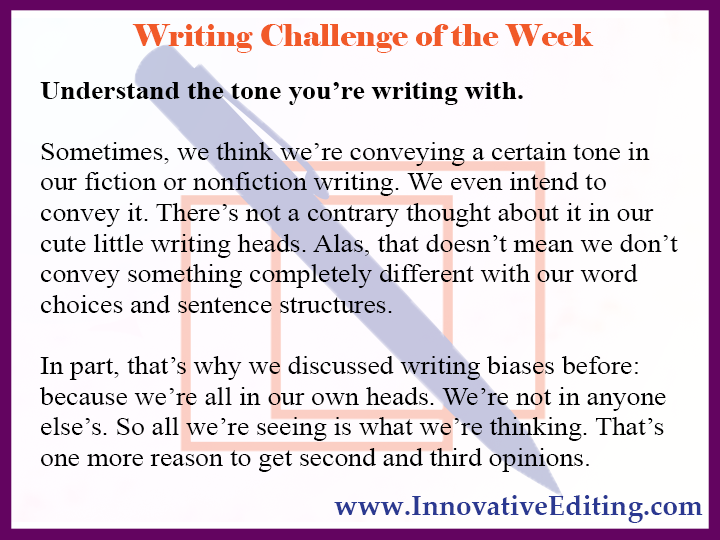The Joy of Plotting (the Completely Legal Kind)
- Jeannette DiLouie
- Mar 13, 2019
- 3 min read

Editor’s Note: I first discovered Joy Eilene Givens on the Pennwriters’ Facebook group after she posted the following:
Hello, Pennwriters! I’ve started a new monthly series for my blog. Each installment will explain a confusing bit of English grammar through storytelling, humor, heart, and possibly gifs. Here’s the first one! If you’ve ever wondered whether to use “but,” “although,” or “however,” this is the story for you!
It was accompanied by a link to a specific post on JoyGivens.Wordpress.com titled “A Tale of Three Sisters (Adventures in Grammar #1)." And if you click on the link provided, you’ll see exactly why I had to have her guest blog for Innovative Editing.
She’s brilliant.
As it turns out, she’s also on the very opposite end of the plotter or pantser scale than I am – terms I’ll let her define below. While I’ve helped plenty of plotters out as a book-writing coaching, there’s just something about hearing about it from someone who understand what it really means, both inside and out.
Joy Eilene Givens: Hello! I’m honored to be here on Innovative Editing today to discuss plotting with you.
(Ahem. That is, plotting of fiction. Plotting of crimes is a separate seminar, which I do not host.)
First, let’s define buttoned-up plotting alongside its free-spirited cousin, pantsing. For writers, being a plotter means planning your project with varying degrees of detail; some rely on character sketches, others make chapter-by-chapter outlines, and so on. Being a pantser means writing “Chapter 1,” and seeing where the story takes you as you write.
Plotting is to pantsing as Bert is to Ernie. Plotting is laying out a road map and carefully filling in the exits you want to take. Pantsing is filling up your tank with coffee and hitting the road. And neither is superior to the other.
With that point settled, I can tell you why plotting works better for me.
Before I start a project, I like to have a bird’s-eye view of it so that I can jump in and work quickly – for example, through word sprints (10- to 30-minute writing jaunts). For me, detailed planning makes me more efficient, so I choose to spend time on it at the beginning.
I realize that some pantsers reading this might recoil from their screens in horror. “Doesn’t that feel clinical? Prescriptive? Doesn’t it sap the joy out of actually writing the story?”
Honestly, sometimes yes. It does take some delight of surprise out of writing when you already know what you’re plugging toward at the end of each chapter.
With that grunt work, however, comes the payoff of being able to look back at a book’s writing journey and count off all the anticipated milestones along the way. You’re able to see, clearly, that you wrote the book you set out to write.
Furthermore, plotting provides its own kind of joy – this wonderful, fully-constructed secret world that only you know, into which you invite your future reader, line by line. When I think of plotting, I think of a scene in A Wrinkle in Time when Calvin and Mrs. Whatsit discuss sonnets:
“You’re comparing our lives to a sonnet? A strict form, but freedom within it?”
“Yes… You're given the form, but you have to write the sonnet yourself. What you say is completely up to you.”
Plotting doesn’t sap the artistry out of writing. For me, it provides the form I need to let my words flow more freely. There’s a lot of joy in that!
I do still discover pleasant surprises and necessary plot-changes along the way, too. (For instance, the outline I used to write this very blog post had a whole other section header in it!) In my work-in-progress fantasy novel, I just realized that a completely different magical object will fit into the story much better than the one I started with.
Will it require revisions? Of course! But will it make the story stronger? Yes. And there’s joy in that, too.
No matter how you choose to write – as a plotter or pantser – and whether writing feels like a creative lark or a grueling job at times, I hope you find joy in what you create.
And I hope you keep writing!
About the Author: Joy Givens mostly writes fiction for young adults and children. Her previously published works include several award-winning short stories. Please catch up with Joy at www.joygivens.com or on social media! (Twitter/Instagram @JoyEilene)




